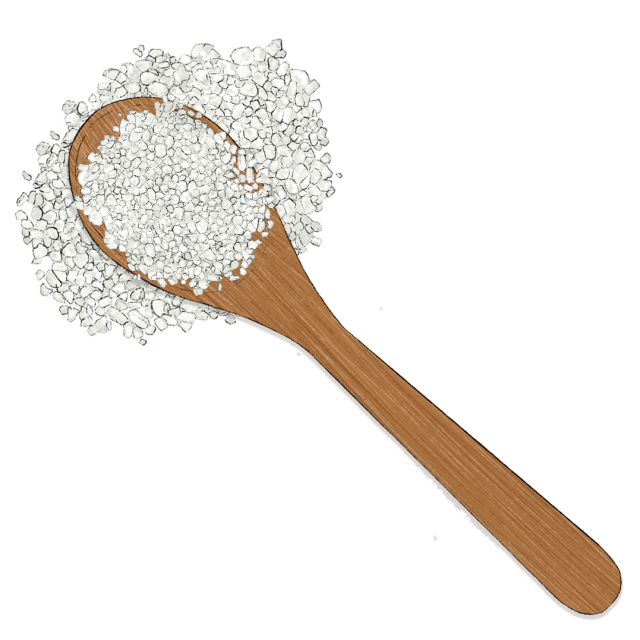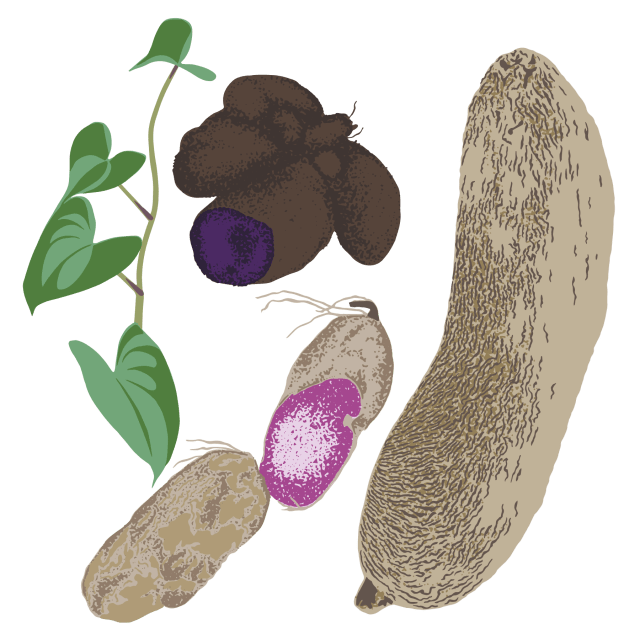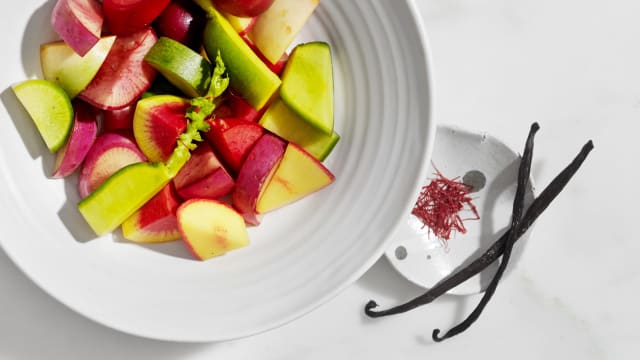Indian Sarsaparilla

Latin name: Hemidesmus indicus
Other names: anantamool (Sanskrit), nannari (Tamil)
Uses: herb, drinks, alcohol, ayurvedic and unani medicine
Called anantamool, “the eternal root,” in Sanskrit, the Indian sarsaparilla is a thin tropical vine. Its gnarly root barks go into the making of sherbets and tonics, and a concentrate made from the dried roots is mixed with water or milk and consumed to cool the body, especially during India’s hot summers. Though it tastes similar to regular sarsaparilla, it is from an entirely different genus.
Why is indian sarsaparilla healthy?
Indian sarsaparilla is used in branches of traditional Indian medicine, including Ayurveda, Unani and Siddha, for its healing and anti-microbial properties, as well as its analgesic and anti-inflammatory properties. Traditional healers in southern India apply nannari, in powder or lotion form, as a therapeutic, aromatic compound on skin infections. It is called Krishnavalli, or the fragrant vine, in the Siddha school of medicine.
What does indian sarsaparilla taste like?
Sarsaparilla is an acquired taste, very herby and bittersweet, with a unique fragrance of vanilla and wood fire that hits you a second later. You may catch a whiff of it in Ayurvedic medicines when it is ground into a paste with other herbs, but its pleasant perfume dominates when prepared as a sherbet.
Where does indian sarsaparilla grow?
In India, the lactiferous plant is found in the Himalayan region of the north, the coastal regions of the south and west, and Assam in the northeast. The root is sometimes called false sarsaparilla, to distinguish it from the Smilax varieties of sarsaparilla that grow in South and Central America.
How do I prepare indian sarsaparilla and what do I pair it with?
Demand for the dried roots peaks at the onset of summer, when they are powdered and sweetened to make a syrup, which is then diluted with water and lime juice to make a cold drink, especially in Tamil Nadu and Kerala. Bottles of packaged concentrate are widely available in India, but you can make some yourself if you want to go all artisanal. To prep the roots, soak them in water for five minutes and thoroughly wash them to get rid of dirt and grime. Drain and set them out to dry for two to three hours. Using a pestle, gently crack the root barks and discard the heartwood. Powder the root barks, boil it with your choice of sweetener, reduce it to half, strain, and use in sherbets and drinks.
Surprising fact:
Indian sarsaparilla is considered so cooling that it is one of the ingredients (along with others like almond gum) in jigarthanda, literally “liver cooler”, a milky slush from Madurai in southern Tamil Nadu.







